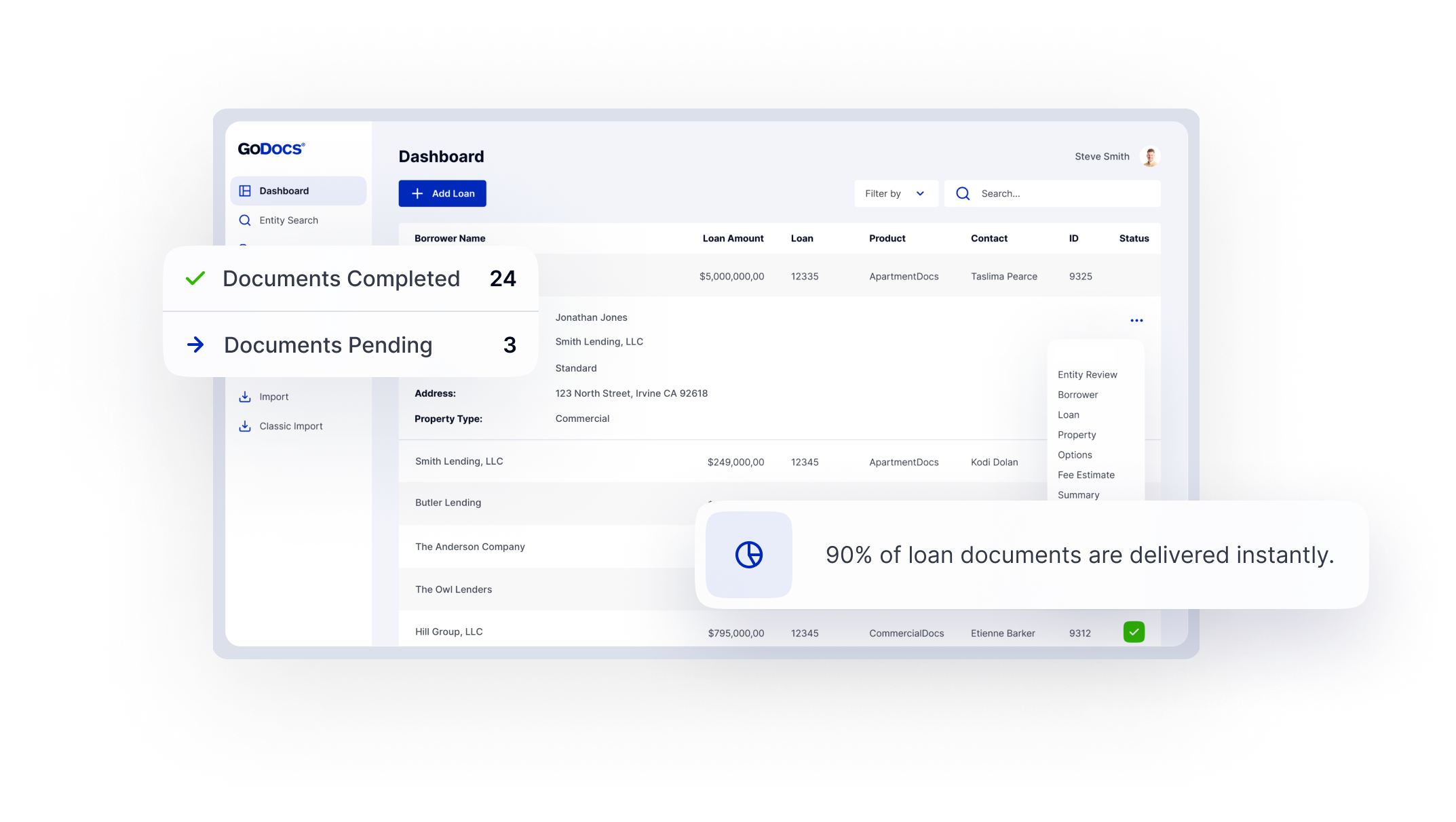The Case for Change for Financial Institutions
by Adam Craig
In my previous article I outlined the risks associated with inaction, specifically as it relates to financial institutions not moving forward with much needed back-office technology upgrades. In this article I discuss numerous benefits to organizations making back-office upgrades. These updates should be considered as much of a priority as customer-facing projects. By taking no action at all and maintaining a current “is good enough” approach to technology and process, financial institutions are actually introducing risk into their organizations. Here are some examples of the challenges that are introduced by maintaining the status quo:
Operational Efficiency
The loan document solutions in the market today are outdated and clunky, which can hinder employee productivity. There is a lot of redundant data entry and workaround processes are commonplace, leading to inefficient workflows and a higher risk of error. Additionally, the products in the market today typically have a steep learning curve and require extensive training. This makes it difficult to train new staff when required, resulting in ongoing inefficiency due to outdated and limiting technology.
Upgraded systems streamline processes and repetitive tasks, reduce manual intervention, and minimize errors. Automating and improving loan document creation processes leads to faster service delivery and lower operational costs.
Regulatory Compliance
Maintaining high-quality loan documents, that are current and compliant with changing regulations, is crucial for effective risk management, regulatory compliance, and securitization. Failure to keep loan documents current with legal and regulatory requirements may result in unenforceable terms, insufficient protections, and legal complications. New technologies facilitate easier adaptation to evolving regulatory changes by ensuring real-time updates are made to the software and loan documents. This reduces the likelihood of regulatory penalties and enhances the institution’s reputation.
Operational Risks
Outdated systems are more prone to failures and inefficiencies, leading to increased operational risks. In relation to commercial lending, these risks can manifest in various ways, including mistakes in legal documents, delays in completing loans, and difficulties in scaling operations to meet demand.
Innovation and Growth
Embracing new technologies opens up opportunities for innovation. Financial institutions can develop new products and services more quickly when their underlying technology can support their needs, adapting to customer expectations and changing market conditions to help remain competitive. This not only helps attract new customers but also retains existing ones by meeting their evolving needs.
Scalability and Flexibility
Legacy loan document solutions can take 4-6 months to implement and require effort to maintain. Consequently, they are often slow to be updated, guaranteeing that customers are behind the competition and held back from scaling. This creates challenges keeping up with product updates, is costly to implement and maintain, and creates audit and compliance nightmares. In many cases they are unable to support complex loans, forcing financial institutions to leverage outside counsel to work around the limitations of the software.
Modern technology solutions are scalable and flexible, allowing financial institutions to grow and adapt to market changes. Cloud-based systems are non-negotiable these days. Yet many financial institutions are stuck with legacy technology that is “on premise” or some variation of technology that is not truly cloud based. Despite a need to upgrade these systems, financial institutions often shy away from undertaking modernization projects, shrugging them off as costly, less important, labor intensive, or risky. This is yet another example where playing it safe is actually more risky.
Don’t Create Greater Risk by Playing it Safe
The necessity of technology upgrades for financial institutions cannot be overstated, especially in the long-neglected back office. The risks of staying with outdated systems far outweigh the perceived safety. By proactively embracing modernization, banks and credit unions can improve efficiency, comply with regulations, and meet customer expectations. It’s time to recognize that in today’s world, safe is the new risky.
Accompanying Article
Safe is the New Risky
The Cost of Financial Institutions Putting Off Updating Their Technology
In the previous article, I explore the risks of maintaining outdated systems in financial institutions and how taking action to upgrade back-office technology can improve operational efficiency, regulatory compliance, and scalability. Embracing change now positions your institution for growth and success in the evolving financial landscape.
CEO
Experience the Future of Commercial Loan Document Automation
Discover GoDocs, the leading SaaS solution powered by the sharpest legal minds in CRE! Schedule a demo today to elevate your lending process and to gain your competitive advantage.







